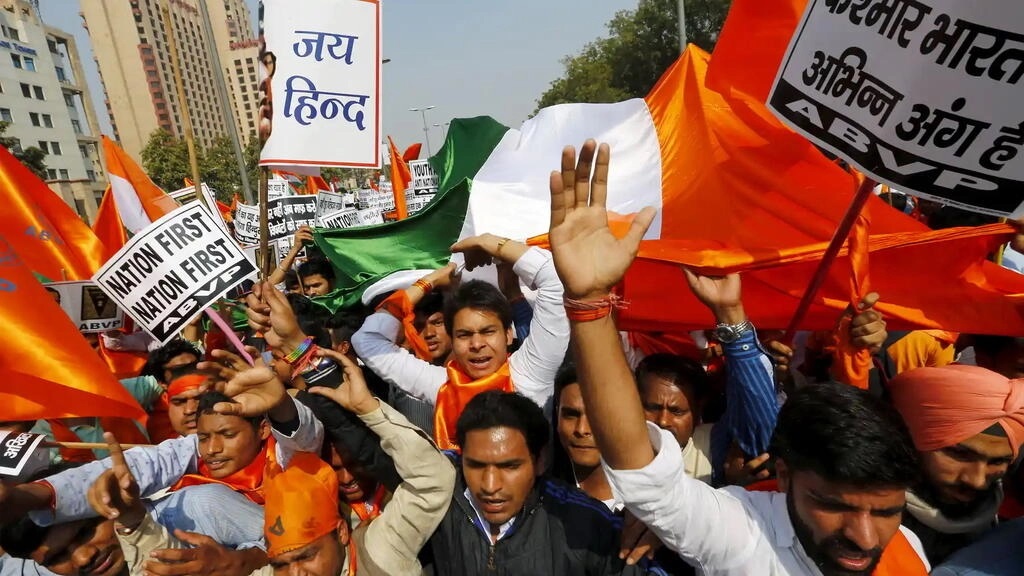
India has the largest youth population in the world with around 66 percent of its nearly 1.4 billion populace below the age of 35.
Nearly 40 percent of the country is aged 18 to 35 years, defined as youth in the National Youth Policy.
Yet, India’s youth is complex, many-layered, diverse, often carrying the remains of the past and clinging to traditions, and yet wanting to forge ahead, according to multiple surveys.
#IndependenceDay |"Talents of India's youth now being recognised across the world": PM @narendramodi pic.twitter.com/KYKLZanitk
— NDTV (@ndtv) August 15, 2022
Demographic dividend
The big question dominating many youths on India’s 75th Independence Day is whether secularism is dying a slow death, or, at least, has ceased to exist in its spirit in state-society dealings.
Hindu nationalism has been gaining strength during the eight-year rule of Prime Minister Narendra Modi, calling into question India’s secularist tradition and commitment to diversity.
According to a recent survey conducted by the Centre for Policy Research and YouGov, “as democracy ages and demography gets younger, a new generation is changing the rules. The distress is fading out, the grit is giving way to élan and anxiety to creativity while hope stays.
“The ‘personal’ is political for more and more Indians, and they are ready to redefine politics and policy [in tandem with] personal and national prosperity. It is this Indian who will shape the next 75 years.”
After independence, the country’s first prime minister, Jawaharlal Nehru, advocated for an Indian brand of secularism designed to hold the country’s disparate communities together.
He often pronounced that India’s composite culture was one of its greatest strengths.
This story was originally published in rfi.fr . Read the full story here






